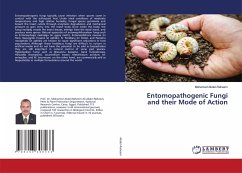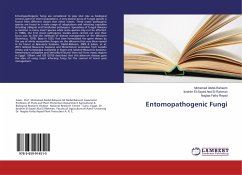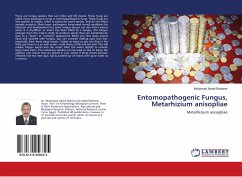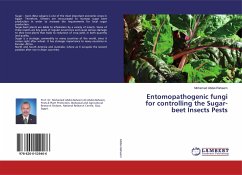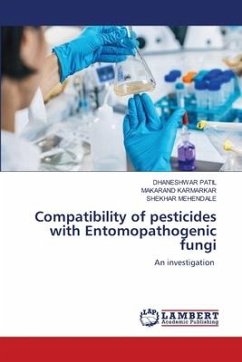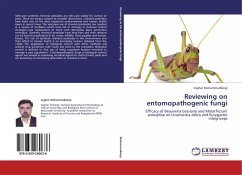There are fungus species that can infect and kill insects. These fungi are called insect pathogenic fungi or entomopathogenic fungi. These fungi are very specific to insects, often to particular insect species, and do not infect animals or plants. Most insect- pathogenic fungi need humid conditions for infection and development but some fungus species can also infect insects when it is dry. When an insect has been killed by a fungus, the fungus emerges from the insect's body to produce spores that can sometimes be seen as a "dusty" or "cottony" appearance. When you find many insects dead and covered with fungus, you can consider making your own bio-insecticide from these dead insects. Collect as many as you can find in the field, put them in a jar with water, crush them a little and stir well. This will release fungus spores into the water. Filter the water slightly to remove large insect parts. The remaining solution can be used to test its Spray the solution over insects that are placed in a jar. Check if these insects become infected over the next days. Spray another jar of insects with pure water as a control.


